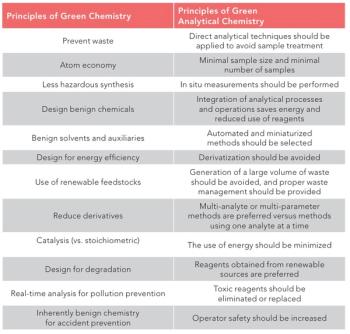
- The Column-08-22-2012
- Volume 8
- Issue 15
Determination of Trichloroanisole and Tribromoanisole using SPME Coupled to Comprehensive GCxGC and Mass Selective Detection (HS-SPME-GCxGC-NCI-qMS)
Comprehensive GCÃ-GC(qMS) provides a maximum chromatographic separation power in gas chromatography (GC). Combining it with the highly selective negative chemical ionization (NCI) mode gives highest sensitivity for electrophilic molecules like trichloroanisole and tribromoanisole.
Comprehensive GC×GC(qMS) provides a maximum chromatographic separation power in gas chromatography (GC). Combining it with the highly selective negative chemical ionization (NCI) mode gives highest sensitivity for electrophilic molecules like trichloroanisole and tribromoanisole.
Articles in this issue
over 13 years ago
The Highs and Lowsover 13 years ago
Going for Greener LC–MSover 13 years ago
After The Floodover 13 years ago
Remembering Walt Jenningsover 13 years ago
Neanderthal nibblesover 13 years ago
Candid UTLC CameraNewsletter
Join the global community of analytical scientists who trust LCGC for insights on the latest techniques, trends, and expert solutions in chromatography.




